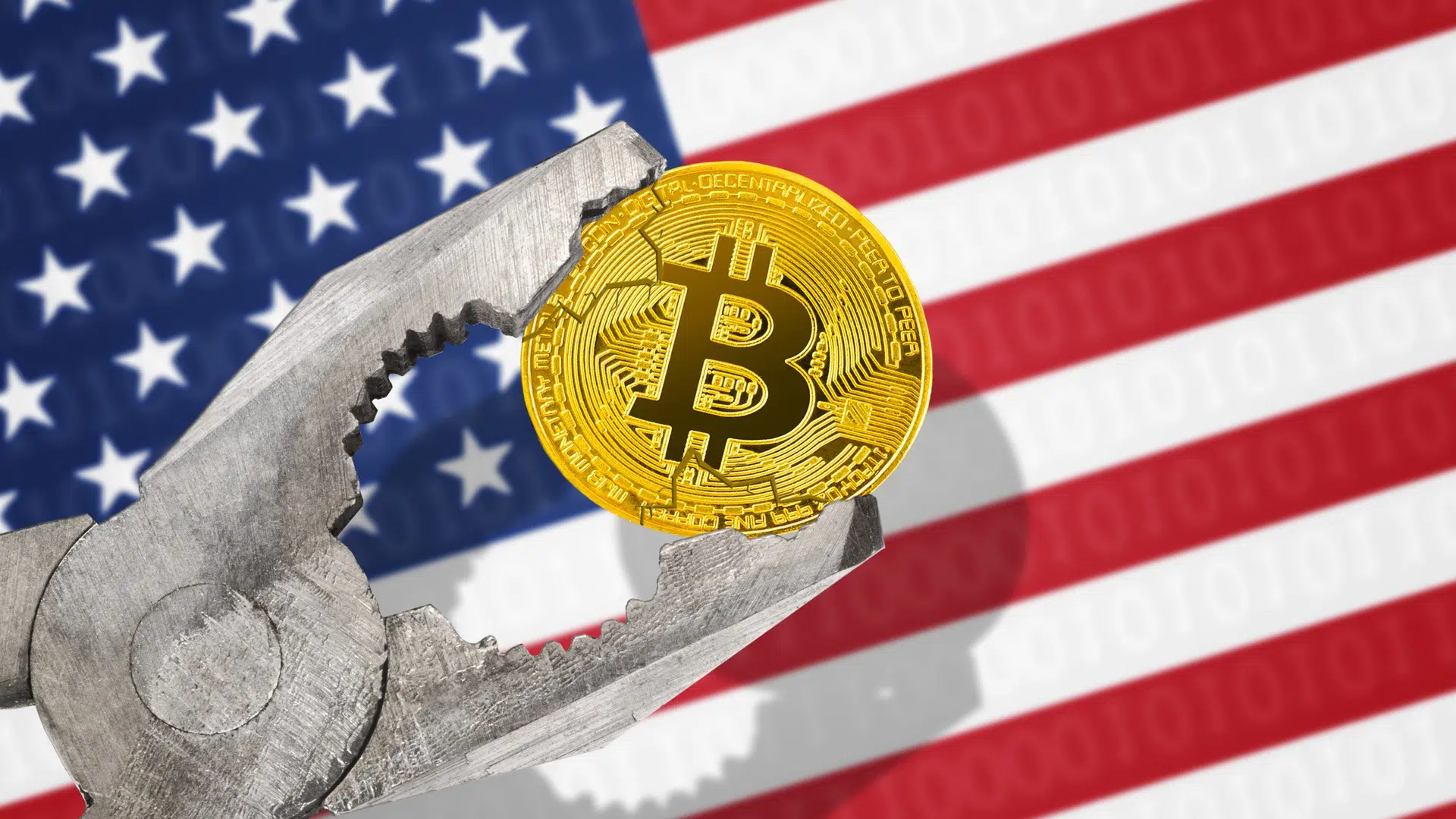
Investing in Data Centers and Cloud Infrastructure: The Invisible Backbone of the US Digital Economy
Unlock potential: Invest in data centers, the invisible backbone of the US digital economy!

Unlock potential: Invest in data centers, the invisible backbone of the US digital economy!

Unlock exclusive rewards with Credit Cards designed for the US subscription economy today!

Unlock potential with Digital Health Investments: Explore Telemedicine, Wearables, and Data Intelligence today!

“Seize the future: Dive into Lithium and Rare Metal Investments for a sustainable tomorrow!”

Explore Digital Fractional Real Estate to revolutionize your property investments today!

Discover how FedNow and instant payments are reshaping personal finance in the US, offering speed, security, and financial resilience.

Hedge funds play a crucial role in the U.S. economy by offering liquidity, managing risks, and driving capital allocation, thereby enhancing market efficiency and fostering economic growth.

Analysis of the U.S. Real Estate Market in 2024 reveals trends and projections, highlighting economic factors influencing growth, property values, and investment opportunities. The Market’s dynamic shifts demand careful consideration for investors and stakeholders.

The future of Digital Banks in the United States is promising, with advancements in technology, personalization, and financial inclusion driving growth and transforming traditional banking experiences.

Federal Reserve monetary policy impacts the U.S. economy by controlling money supply and influencing interest rates, affecting inflation, employment, and economic growth.

The Relationship Between Inflation and Purchasing Power in the United States explores how inflation impacts the purchasing power of consumers, highlighting economic challenges and shifts in monetary value.

Financial education in U.S. schools is vital for equipping students with necessary life skills. Current initiatives focus on integrating financial literacy into curriculums to prepare students for real-world financial challenges.

Changes in interest rates significantly influence American consumers by affecting borrowing costs, savings returns, and overall economic activity, impacting purchasing decisions and financial planning.

AI’s integration into the American financial sector has significantly enhanced operational efficiency, risk management, and customer experience, transforming traditional financial services and strategies.

Strategies for diversifying investment portfolios in the USA involve spreading assets across various sectors and financial instruments to minimize risks and enhance returns. Key strategies include sector allocation, geographic diversification, and investing in different asset classes.

The evolution of the cryptocurrency market in the United States highlights significant growth, regulatory changes, and increased adoption, reflecting its impact on the financial landscape.
